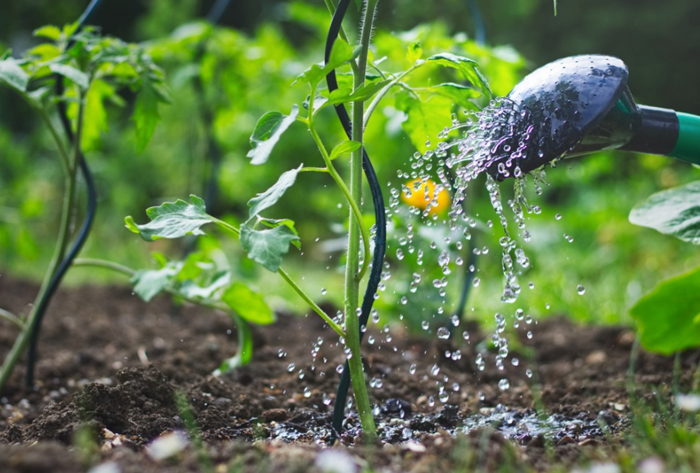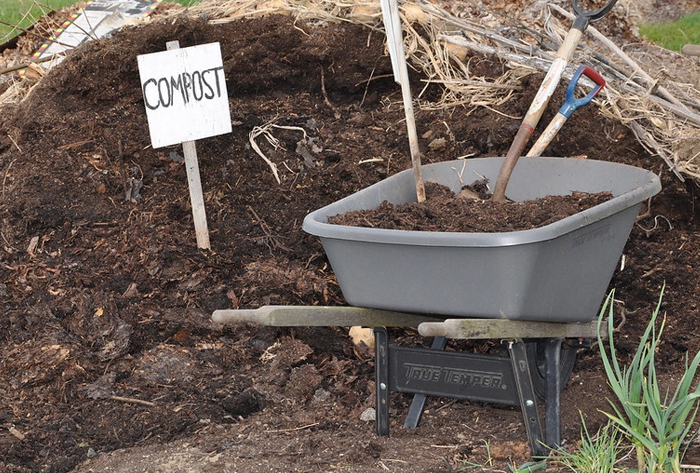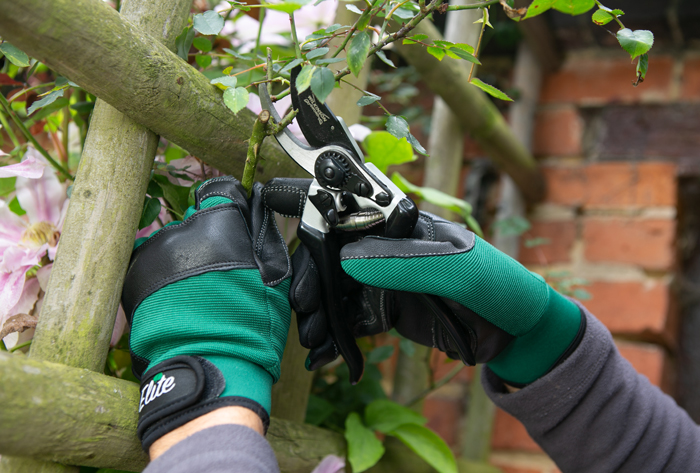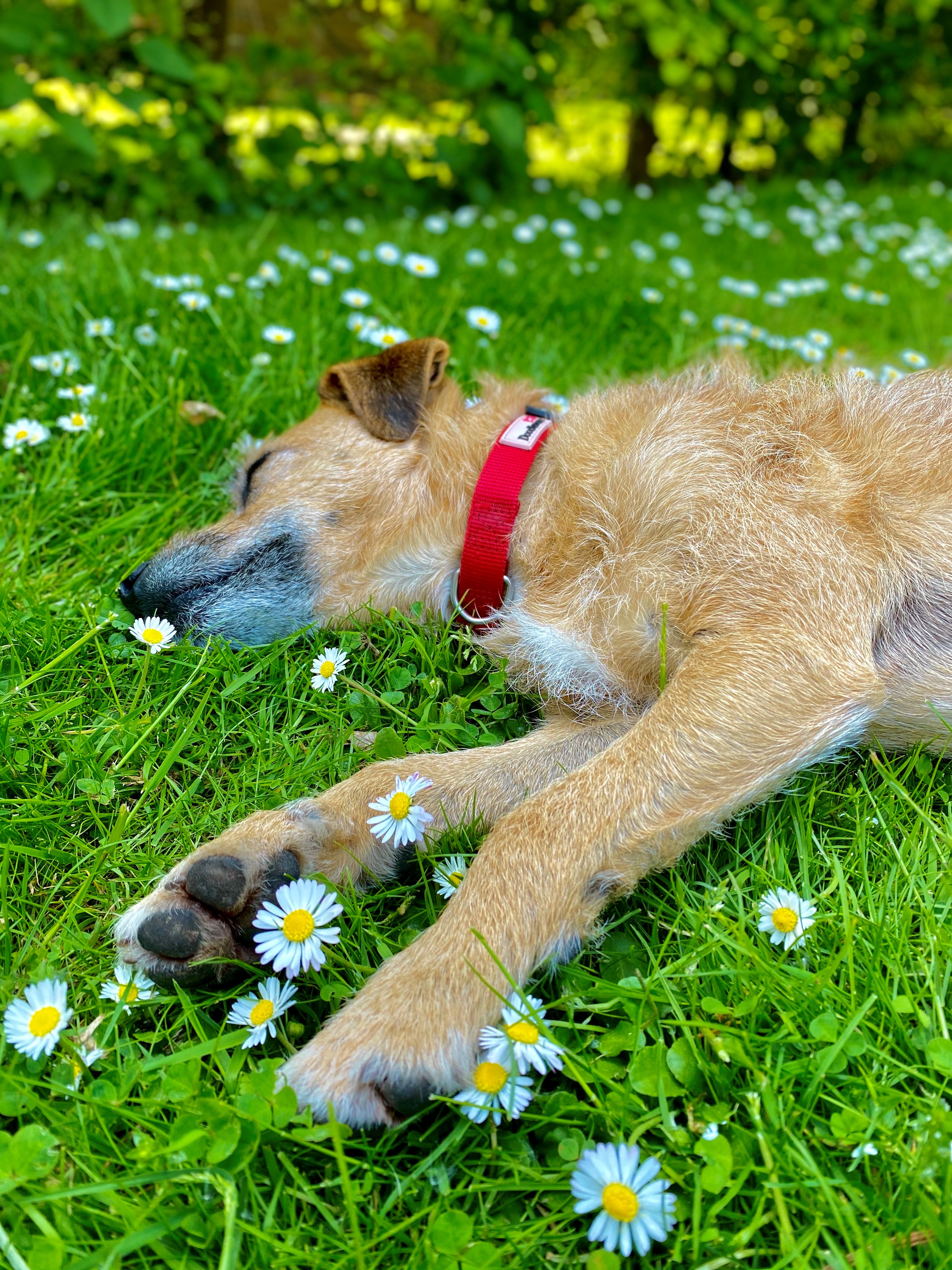June Easy-Gardening Tips
Embrace the longer, warmer days by deep watering, tending to growth and creating the natural wonder of your own compost
Is there any more joyful month than June? With trees in glorious leaf and the blooming of flowers such as full-bodied peonies and delicate poppies, plus the start of summer roses to be appreciated, it’s simply a gardener’s delight. June is also a busy time too with the warmth acting as a catalyst for growth, both of wanted plants and weeds alike, plus this is the month when your watering will pay dividends throughout the Summer.
 |
The right way to waterIt may sound peculiar but there is a right and wrong way to water the garden. Firstly, make sure that you water next to the stem rather than the surrounding bare soil which will encourage weed growth. Secondly, during dry spells, when the sub soil and not just the surface is devoid of moisture, it is much better to give plants a long, deep drink less often than it is to do a perfunctory sprinkle every day. Only by getting the water right down into the root system will you hydrate the plant substantially, and this is best done in the early morning or evening when lower temperatures mean less evaporation and you avoid ‘shocking’ a warm plant with cold water. Remember, collecting water using a butt is by far the most environmentally way of watering your garden and we think the selection at Even Greener is worth checking out for value, sturdiness and the fact that many are made in the UK. |
Cracking the compost heapWith regular lawn cutting in June, you’ll have more than enough organic fodder for an incredibly rich compost heap. The key to producing good organic matter is the production of aerobic bacteria which relies on several factors. Firstly, it’s important to achieve a 50:50 balance between nitrogen and carbon content. Nitrogen-rich ‘greens’ include grass clippings, cut flowers and kitchen scraps, such as unwanted vegetables and fruit, mouldy bread, grains, eggshells, ground coffee and tea bags. With grass clippings try not to ‘heap’ them too much as they will become slimy; it’s better to spread them out to dry a little or sprinkle them in layers between other matter. Cut flowers, weed foliage (discard the roots) and summer plants are also ‘greens‘ and can happily be thrown onto your heap. Then comes the all important carbon-laden ‘browns’ which are often lacking in compost heaps but provide the vital energy source for active composting. Essentially ‘browns’ are all woody materials such as stems (best shredded), autumn leaves, torn paper, straw woodchips and sawdust. Aeration is also important for composting so try and use small biodegradable cardboard items such as egg boxes or even loo rolls to create the space that will allow oxygen to pass through. Worms are also nature’s star aerators through their busy tunnelling which also supports water circulation, another important ingredient in making compost. Most gardeners recommend a water content of between 40% and 60% so keep checking visually, adding water little and often to encourage microbial activity. If it becomes too wet which you’ll know by the smell, just pile on more carbon material to soak up the moisture. |
 |
 |
When you’ve got all of these key ingredients together, there is still one thing left to do; wait. The dark, rich, sweet smelling delight of good compost never fails to be a wonder when you think about how something so luscious has been formed through the decay of seemingly random contents, but it takes time. Although it can be produced in a matter of months, a year is not uncommon so a good tip is to have two heaps or bins so that your compost is on ‘rotation’ using the one that you made the year before while the other is happily composting. Finally, remember you don’t always need a formal structure to make compost. A rough bin can be made out of wooden slats or old pallets tied together to form a square. If you do want to buy a compost bin, our favourite is the Beehive from Timberworld which as well as being attractively natural is easy to build. Prune in JuneAnother job for June is to take care of active climbers such as clematis and honeysuckle, cutting back old stems and shaping them while tying up to your post or fenct with twine. Deciduous plants that flower between November and June can also be pruned directly after flowering in order to avoid too many flowerless new shoots. These include Deutzia, Kolkitzia, Weigela and Philadelphus. |
Below you’ll find a Top 10 list of all the gardening jobs you may want to tackle this month but do make sure you leave time for a Pimm’s or two out on the patio or lawn, as its just as important to sit back and absorb the wonder of newly flowering plants and growth in this first flush of Summer. Happy gardening!
JUNE TOP 10 CHECKLIST
Stay on top of weeding with even a 10 minute blitz every morning or evening while enjoying the garden at these tranquil times
Deeply water your plants especially those that are newly planted, say within the last couple of months
If you’ve planted tomatoes, remove the side shoots to encourage strong growth on the main stems
Pick sweet peas to make a simple and fragrant display indoors while encouraging further flowering
Dead head roses and oriental poppies to encourage repeat flowering with the latter able to take a hard trim to ground level to kick-start further growth
Harvest your lavender by snipping off the stems just before the flowers open then tie them together and hang up to dry
Train deciduous climbers such as wisteria and jasmine with suitable ties, cutting back woody stems to maintain shape
If you have not already organised your bedding plants or annuals then it’s not too late with garden ready bedding packs giving instant colour
When mowing, you can slightly reduce the height of the cut as we are now entering the high growth phase for grass. Remember it is better to cut regularly than do one dramatic mow on longer grass that will expose the root system too much
Keep your lawn aerated with a fork or small aerator while taking advantage of the perfect growing conditions by treating patches or larger areas with seed using a spreader before lightly dressing with topsoil

Dizzy says make time to relax and enjoy the daisies before mowing the lawn this June

